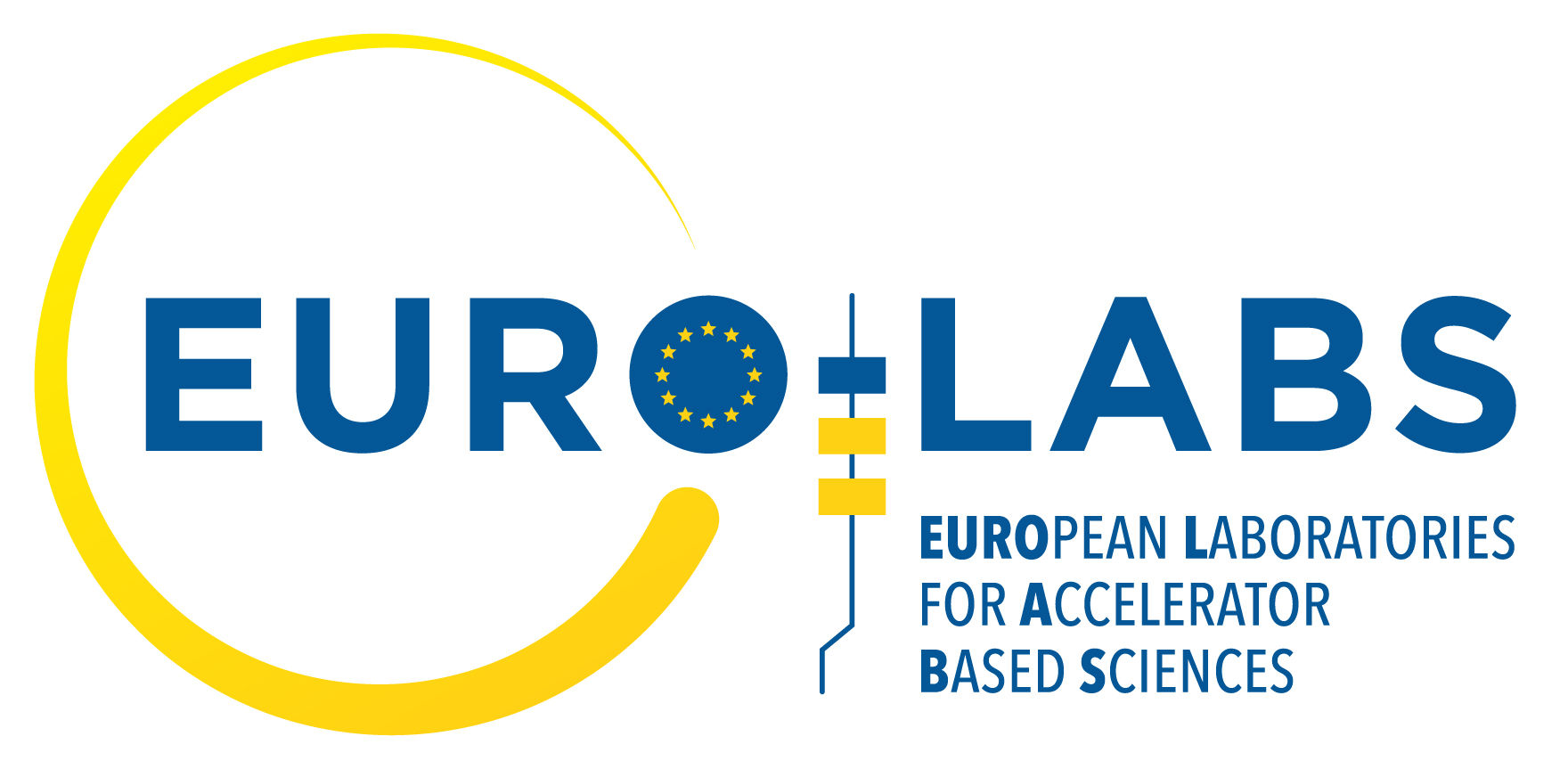WARNING: for hotel bookings do not give your data to any external services upon email request; there are known cases of fraud
One of the most important questions in the field of nuclear astrophysics (and beyond) is “How are the elements heavier than iron synthesized in the universe”. For many decades the answer included three processes, namely the s, r and p processes. During the last decade the advancement in astronomical observations revealed abundance patterns that cannot be explained by a combination of the three above processes and new ones have been introduced. Some examples are the i and n processes on the neutron-rich side and νp process on the proton-rich side of the valley of stability. Disentangling the contributions of all these processes and identifying the astrophysical environments where they might take place requires accurate knowledge of the nuclear physics input.
Neutron-capture reactions are an important ingredient in most of the heavy element nucleosynthesis processes. These reactions are relatively well known along the valley of stability (e.g. s process) where a plethora of experimental data exist, and theoretical models are well constrained. Even a few neutrons from stability, however, (e.g. i, n, r processes) these reactions are practically unconstrained due to the lack of experimental data.


